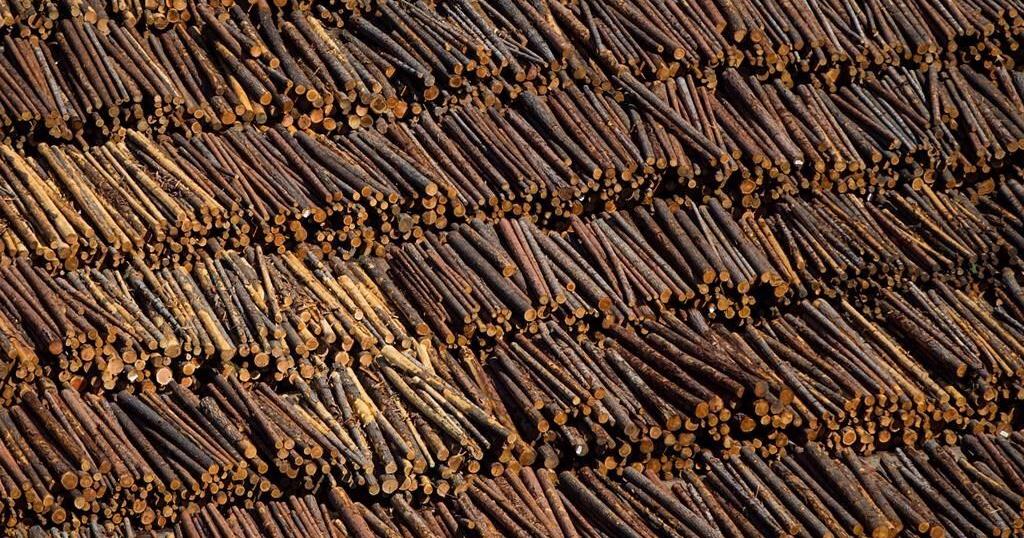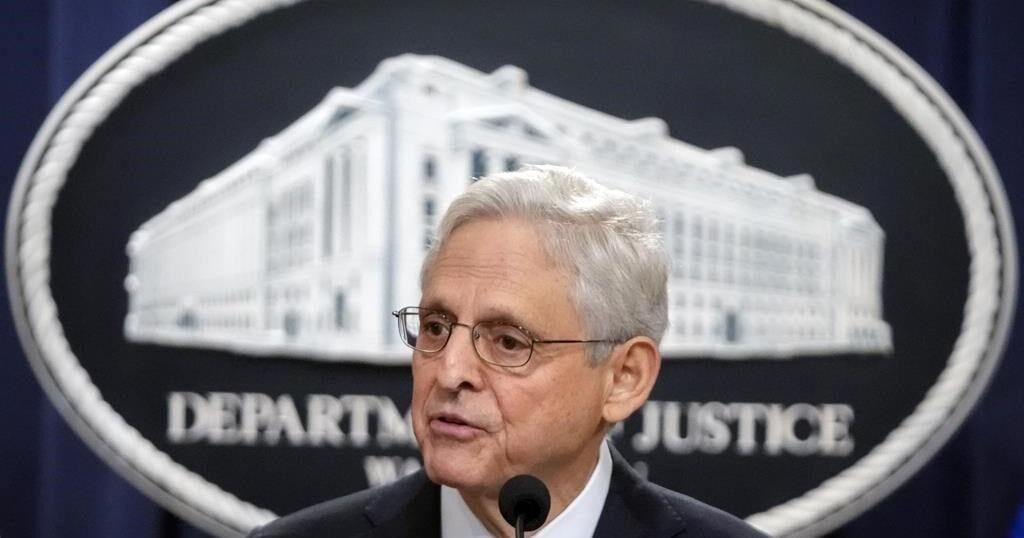SASKATOON – A Saskatoon high school student remembers the pungent smell of burned hair going up her nose, and something like the strong scent from a Sharpie marker, moments after she watched a schoolmate being set on fire.
She had just stepped out of her Grade 8 social studies class for lunch on Thursday, she says, when she saw two other girls in a hallway. A girl in a crop top poured liquid from a black canister onto the head of the girl standing next to her.
The witness says she didn’t see what started the fire but, within seconds, flames had spread from the victim’s hair and face to her shoulders, back and stomach.
The witness said she screamed for help: “Fire!”
And the victim screamed too, while frantically patting down her hair, then the flames spread to her hands.
“The flames were big. She was screaming, ‘Help!'” said the witness.
“I didn’t see her face, because there was a lot of flames.”
Police have said the 15-year-old victim is in serious condition in hospital with burns and a teacher at Evan Hardy Collegiate who was hurt trying to put out the fire was also sent to hospital.
On Friday, a 14-year-old girl appeared in court on charges of attempted murder, aggravated assault and arson. She is set to appear in court again on Wednesday.
Under the Youth Criminal Justice Act, the identities of the accused, the victim and young witnesses cannot be published.
The 13-year-old girl who saw the attack said she’s still processing the horrific images from just her second day in her first year of high school.
“I still feel so, like, awkward,” she said, adding she’s not sure if she’ll go back to the school.
“I feel a void.”
She recalled that the attacker initially ran from the scene and multiple teachers came out of a classroom to save the girl on fire. They told her to drop to the ground and roll.
“She, like, tumbled forward and just rolled,” and her head hit a locker, which also caught on fire, the witness said.
She said a teacher took off his jacket and used it to swat at the flames on the victim, while other staff grabbed items of clothing and joined in trying to put out the fire.
The victim squealed, said the witness, who ran outside and called 911. She saw other students crying and standing in shock.
Police said a school resource officer took the accused into custody.
Saskatoon Public Schools said in a statement that both the victim and the accused are students.
The school cancelled classes until Tuesday but said it would remain open for students and staff to access counselling.
“The past 24 hours have been very challenging for the Evan Hardy School community,” the school said in a statement Friday.
“Our hearts go out to the victims and entire school community as we face this difficult time together. We recognize the seriousness of this incident and understand the strong emotions it has stirred throughout our city.”
Samantha Becotte, president of the union representing Saskatchewan teachers, said members have been shaken. Becotte couldn’t provide further details about the fire.
“Right now, we’re just really focusing on supporting the staff that are there and making sure they have what they need to welcome students back. This is a really traumatic incident for the whole community,” she said.
“We want to ensure that when they return, that they’re comfortable and safe, and then looking forward into the future hoping to have further conversations about what’s needed to ensure incidents like this are prevented.”
She has long pushed the provincial government for additional supports to address rising violence and better help higher-needs students.
Teachers went on strike and pulled volunteer work to pressure the province to move on those issues during a labour impasse earlier this year. Both sides have since agreed to go into binding arbitration, with those talks scheduled for December.
“We’re looking to further those conversations, talking about solutions to the challenges students and teachers face in schools and classrooms, and what is needed to best support them and ensure everyone has a safe learning environment where they can thrive,” Becotte said.
The mother of the witness said she’s also processing what happened and doing everything she can to support her daughter.
“It’s hard to believe that something like this would happen,” said the woman, adding she’s going to let her daughter to determine if she’ll return to the same school.
“It’s her trauma, so she can decide.”
This report by The Canadian Press was first published Sept. 6, 2024.
— By Fakiha Baig in Edmonton and Jeremy Simes in Regina
























